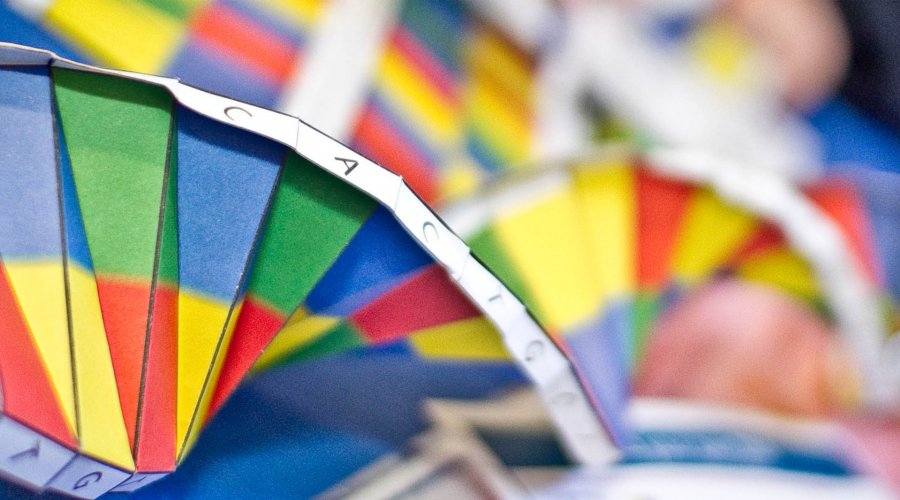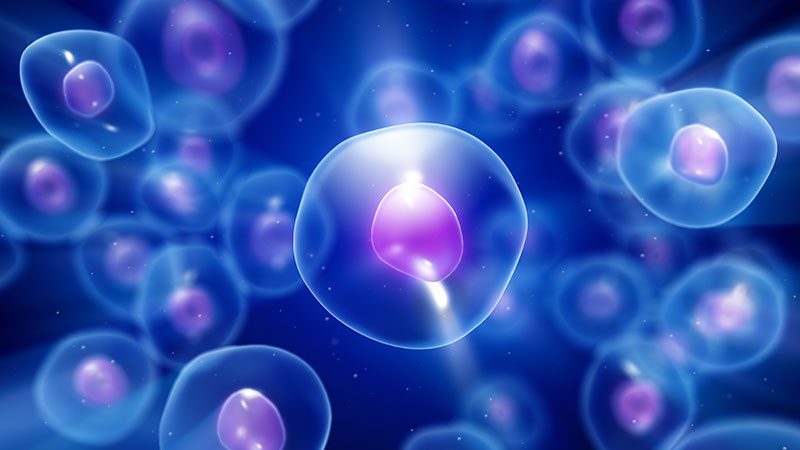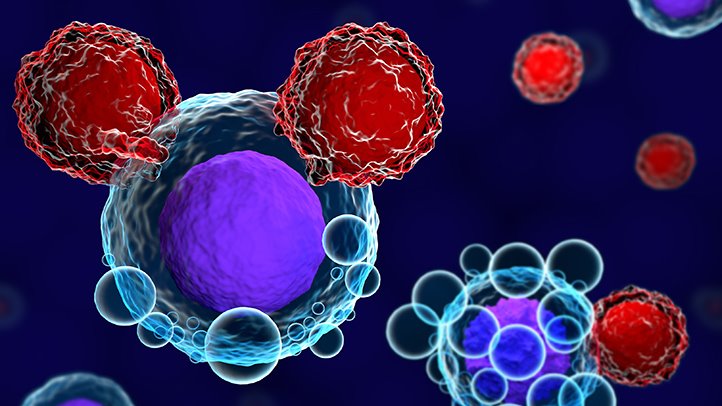DNA origami: how to implement vaccine design by nanotechnology
Origami is the art of folding paper to obtain forms of extraordinary beauty and complexity. Some origami are so small that we cannot see them with the naked eye: of course, they are not made of paper. In the molecular world, DNA origami are complex nano-structures composed of DNA molecules. Researchers from Karolinska Institute in Sweden combined these miracles of nanotechnology with immunotherapy in order to define the best design for particles-based vaccines.










